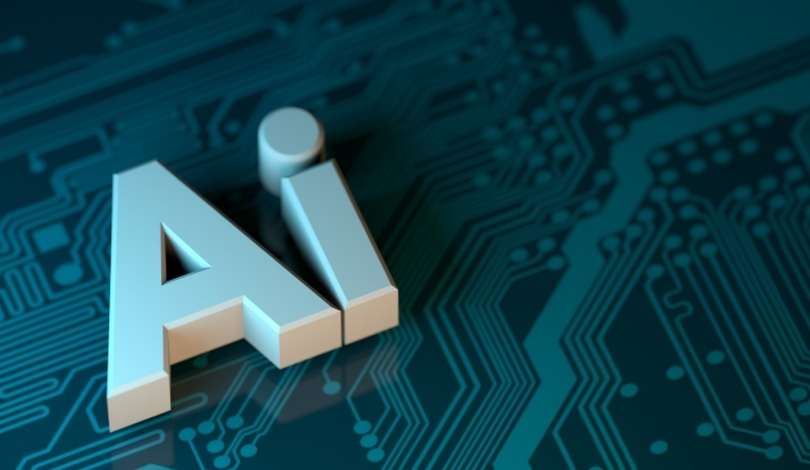Anthropic has rolled out significant upgrades to its AI suite, introducing the Claude 3.5 Sonnet and Claude 3.5 Haiku models. These advancements aim to bolster coding efficiency and expand interactive capabilities. Additionally, the company is testing a novel “computer control” feature, which could redefine human-AI interactions. The enhancements reflect Anthropic’s commitment to advancing artificial intelligence technologies and addressing evolving user needs.
Earlier reports noted Anthropic’s focus on refining the Claude series to compete with leading AI models. The latest updates build on this foundation, offering improved performance metrics and new functionalities that set them apart in the AI landscape.
How Does Claude 3.5 Sonnet Improve Coding Capabilities?
The Claude 3.5 Sonnet model exhibits notable enhancements in coding, achieving a 49.0% score on the SWE-bench Verified benchmark. This performance surpasses other public models, including those from OpenAI, establishing Sonnet as a top performer in coding-related tasks.
What Are the Features of Claude 3.5 Haiku?
Scheduled for release later this month, Claude 3.5 Haiku maintains the efficiency and speed of its predecessor, Claude 3 Opus. It scored 40.6% on the SWE-bench Verified benchmark, outperforming competitors like GPT-4o and the original Claude 3.5 Sonnet, while remaining cost-effective.
How Does the New Computer Control Functionality Work?
The computer control feature allows Claude to interact with computer interfaces by viewing screens, controlling cursors, and performing actions like clicking and typing. Currently in public beta, this functionality positions Claude 3.5 Sonnet as a pioneering model in interactive AI capabilities.
“The upgraded Claude 3.5 Sonnet represents a significant leap for AI-powered coding,”
stated GitLab, highlighting the model’s enhanced reasoning capabilities without added latency.
Safety remains a priority for Anthropic, with rigorous evaluations conducted in partnership with US and UK AI Safety Institutes. The company asserts that the ASL-2 Standard continues to be suitable for these new models, ensuring responsible deployment and scalability.
Anthropic’s latest developments in AI models not only push the boundaries of current technologies but also provide practical tools for developers and businesses. By enhancing coding performance and introducing interactive features, Anthropic addresses both efficiency and usability in AI applications. The continued focus on safety and performance benchmarks underscores the company’s dedication to responsible AI innovation.










